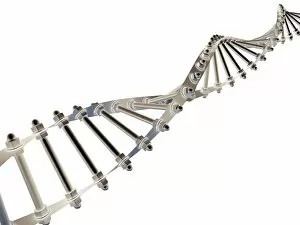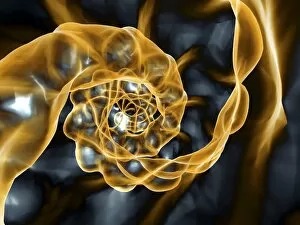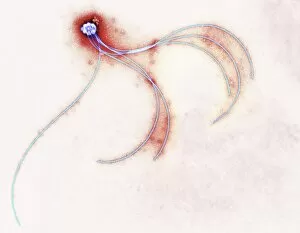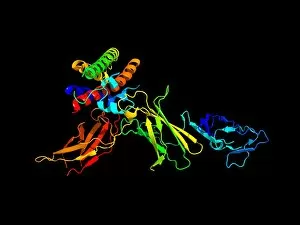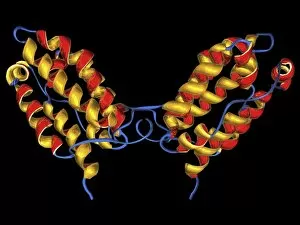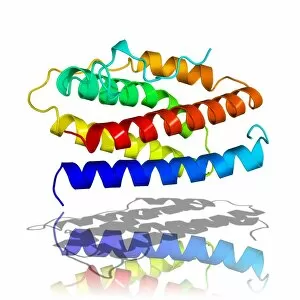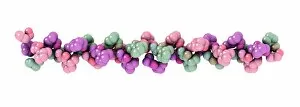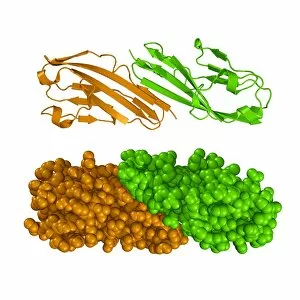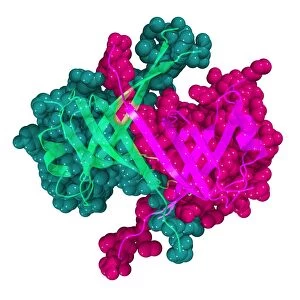Helical Collection (#15)
"Unraveling the Mysteries of Helical Wonders: From RNA to DNA and Beyond" Double-stranded RNA molecule
For sale as Licensed Images
Choose your image, Select your licence and Download the media
"Unraveling the Mysteries of Helical Wonders: From RNA to DNA and Beyond" Double-stranded RNA molecule: Exploring the intricate structure of a double-stranded RNA molecule, revealing its role in gene regulation and viral defense mechanisms. Maple seed flight path: Nature's ingenious design mimicked by helical structures, like maple seeds gracefully spiraling through the air, inspiring engineers for innovative aerial technologies. DNA molecule, computer model: Unveiling the blueprint of life through computer models that simulate the complex three-dimensional structure of DNA molecules, aiding in genetic research and drug development. Abstract image: A mesmerizing abstract representation capturing the beauty and complexity of our genetic code - an artistic interpretation that sparks curiosity about our origins. Artwork: Merging science with artistry, an exquisite masterpiece showcasing the elegance and sophistication found within every strand of our DNA - a testament to nature's creativity. Zinc fingers bound to a DNA strand: Unlocking secrets at a molecular level as zinc finger proteins delicately bind to specific sequences on a DNA strand – paving new paths for targeted gene therapies and genome editing techniques. DNA Double Helix with Autoradiograph: Witnessing history unfold as Rosalind Franklin's iconic autoradiograph captures an X-ray diffraction pattern revealing crucial insights into the double helix structure of DNA – forever changing biology as we know it. Interferon molecule: Shedding light on our immune system's defense mechanism against viruses with interferons – small protein heroes orchestrating antiviral responses within cells' helical pathways. Z-DNA tetramer molecule C015 / 6557: Peering into alternative forms of DNA such as Z-DNA tetramers – offering clues about their unique properties and potential roles in cellular processes yet to be fully understood. Nanobots repairing DNA.

